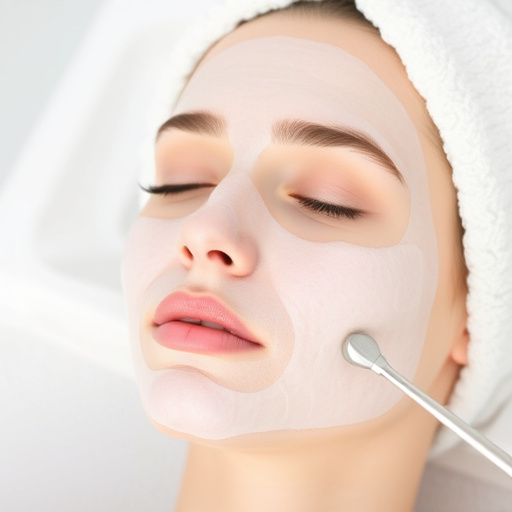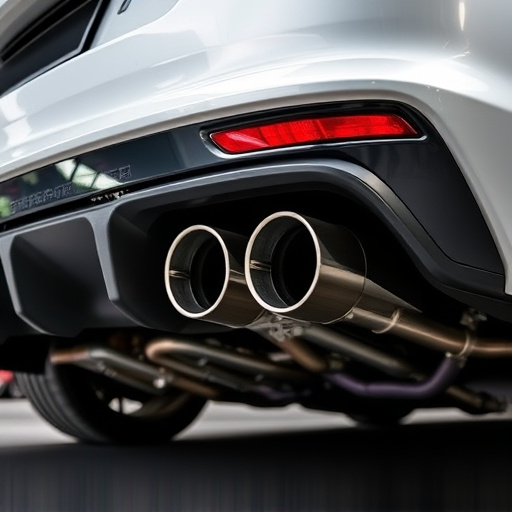Comedone extraction treatments for acne and pore congestion adapt to seasonal skin changes. Higher humidity in spring/summer increases sebum production, requiring more frequent extractions. Drier autumn/winter air reduces oil levels, decreasing extraction needs. Temperature and UV exposure fluctuations also impact skin conditions, with warmer climates stimulating sebaceous glands. Recognizing these climate-skin connections is crucial for personalized skincare routines, allowing individuals to adjust comedone extraction frequency year-round for optimal results.
“Uncover the intriguing connection between seasons and your skin’s health in relation to comedone extraction. This article explores how climate influences oil production, impacting the frequency of extracting blackheads and whiteheads. From understanding the science behind ‘comedones’ to practical tips for optimal extraction, we guide you through the year-round care routine. Discover seasonal adjustments to keep your skin clear and healthy.”
- Understanding Comedone Extraction and Its Seasonal Variations
- The Science Behind Skin's Oil Production and Climate
- Practical Tips for Optimizing Comedone Extraction Throughout the Year
Understanding Comedone Extraction and Its Seasonal Variations

Comedone extraction is a skincare procedure that involves gently removing blackheads and whiteheads from the skin’s surface. It’s a popular treatment for those dealing with acne-prone skin, aiming to reduce visible pore congestion. However, it’s interesting to note that the frequency of comedone extraction can vary depending on the season, offering valuable insights into our skin’s natural rhythms.
Seasonal changes in the environment can impact our skin’s health and behavior. For instance, during spring and summer, when humidity levels rise, our skin tends to produce more sebum, the natural oil that keeps our skin moisturized. This increased sebum production can lead to larger and more noticeable comedones, making extraction more frequent. In contrast, drier autumn and winter air may result in less oil production, potentially reducing the need for as many extractions. Additionally, seasonal fluctuations in temperature and UV exposure could also play a role in modulating skin conditions, influencing the frequency of this specific skincare procedure.
The Science Behind Skin's Oil Production and Climate

The skin’s oil production is a fascinating process regulated by various factors, one of which is climate. In simpler terms, our skin’s behavior is closely tied to the environment we inhabit. Warmer climates tend to stimulate sebaceous gland activity, leading to increased sebum (skin oil) production. This is why many people experience changes in their skin during seasonal transitions, particularly a surge in acne or clogged pores. The science behind this phenomenon involves hormones and the body’s natural response to heat. Higher temperatures can trigger an overproduction of sebum, creating a perfect environment for bacteria to thrive, thus contributing to acne formation.
Understanding these connections is crucial when considering personalized skincare routines and treatments like customized facials and hydrating facials that cater to specific skin needs. Acne treatments, for instance, often target excess oil production while also soothing the skin. By recognizing the impact of climate on skin health, individuals can adapt their daily routines and frequentities of comedone extraction (a process to remove clogged pores) accordingly, ensuring optimal skin care throughout the year.
Practical Tips for Optimizing Comedone Extraction Throughout the Year

Maintaining a consistent skin care routine can be challenging, especially when seasons change and with them, our skin’s needs. For those focused on comedone extraction—a process that involves removing blackheads and whiteheads—understanding seasonal variations is key to optimizing your skincare regimen. During colder, drier months, the air’s lower humidity levels can strip away natural moisture from your skin, causing it to produce more oil as a protective mechanism. This surge in sebum production can result in increased comedone formation. To combat this, incorporate richer moisturizers and oils into your routine, focusing on pore refinement techniques like gentle exfoliation with chemical or physical scrubs.
In contrast, warmer, wetter seasons may encourage open pores due to higher humidity levels. This environment promotes excess oil secretion, making it easier for dirt and bacteria to accumulate, leading to more noticeable comedones. To address this seasonal shift, consider more frequent comedone extraction treatments and incorporate products that target specific skin concerns. Personalized skincare routines are essential; adjust your regimen based on these changes to ensure optimal results. Additionally, body contouring techniques can help minimize the appearance of pores, offering a smooth, refined canvas for a healthy glow.
In conclusion, understanding how seasons impact comedone extraction is key to maintaining healthy skin. By grasping the connection between climate, oil production, and skin congestion, individuals can optimize their comedone extraction routines year-round. Implementing practical tips tailored to seasonal changes ensures a consistent, effective skincare practice. Whether it’s adjusting cleansing frequency in winter or incorporating specific ingredients during peak sun seasons, these strategies empower users to take control of their skin health and embrace each season with confidence.














